Choosing an Automatic Bar Feeder
The bar feeder is the most common form of automation for turning operations. Selecting the right one requires consideration of the applications for which it will be used.
Not too many years ago, CNC machining was all about speeds, feeds and other machine tool specs. While machine capabilities are still a key factor, savvy manufacturers have turned their attention to applying automation to maximize the performance of both their CNC machines and the entire production process.
Reflecting this trend are such terms as the Internet of Things (IOT), Industry 4.0, and Overall Equipment Effectiveness (OEE) that point to improving machine tool utilization, accelerating throughput and reducing material waste. For those turning parts from barstock, automatic magazine bar feeders can provide an affordable way to achieve manufacturing efficiency.
The right bar feeder for a given application can provide a number of benefits:
- Reduce the machine tool operator’s time and effort handling raw material
- Support barstock to reduce vibrations that can transfer to the cutting zone and create dimensional and surface finish problems
- Enable the machine tool to operate at optimum spindle speeds
- Minimize change-over times
- Reduce material waste
- Provide consistent, reliable operation that enables lights-out production
The big question is: What is the “right” bar feeder?
One Size Does Not Fit All
A shop’s specific machining needs are as unique as a person’s fingerprints, and the bar feeder and other peripherals that enhance a shop’s productivity should fit its applications just as precisely. That’s why it’s important to take into account current and future requirements when considering what kind of bar feeder to buy.
Among the factors to consider are the range of barstock diameters that will be machined, production run quantities, length of parts to be produced, material costs, the need for unattended production, and the amount of available floor space. The basic choices are long form bar feeders that load 12-foot barstock, short loaders for spindle length bars and 6-foot bar loaders.
Long Bar Feeders
If an application calls for large-quantity production runs, and the parts being made are at least 5 inches long, a bar feeder that loads 12-foot barstock is a good choice, especially if the material being turned is expensive and/or long periods of unattended operation are expected. A 12-foot bar feeder allows the staging of larger quantities of raw material than other bar feeders, enabling longer unattended runs. Also, because there is only one remnant at the end of the bar (versus other types of bar feeders that produce two or more remnants per 12-foot bar), waste and material costs are reduced.
However, long form bar feeders may not be the best choice when working with bars that are not straight or are profiled. Typically, these conditions require lower rpm to minimize vibrations that can impact cutting accuracies and surface finish. This slowing of spindle speeds, in turn, reduces throughput.
It is possible to successfully machine profiled material that is run through long bar feeders; however, the type and quality of the material must be compatible with the bar feeder. Application specialists from the bar feeder manufacturers can advise accordingly.
Another concern with long bar feeders is the amount of space they require. The typical length of a loader designed to run 12-foot bars is 16 feet, or twice the length of a short loader.
A number of other considerations come into play with 12-foot bar feeders:
- How easy is it to change over? A number of components must be adjusted when moving from one barstock diameter to another, which can be time consuming, especially if the bar feeder requires tools to change guiding elements and pushers or to make other adjustments.
- How realistic is the stated diameter range? Even bar feeders that use the hydrodynamic principle by surrounding the bar with oil cannot change the laws of physics to arbitrarily expand the range of diameters. Barstock that is not properly supported through appropriate guides will create vibrations that can harm machine tools and impact part quality.
- How rigid is the construction? To further reduce vibration, a 12-foot bar feeder must be built of substantial materials that provide the same kind of rigidity found in high quality CNC machine tools. Spinning a 12-foot bar at high rpm requires stability for smooth and reliable bar feeding, extending the life of the bar feeder and providing safety for the machine operator.
- Will remnants be retracted back to the bar feeder or pushed through the lathe chuck? Remnants are longer when pulled back to the bar feeder than if the remnant is not held by the pusher collet. Bar loading time is also affected.
- Can the bar feeder be easily converted from one remnant application to another?
- Does it make use of advanced technology? Smoothly operating servomotors, absolute encoders and sophisticated yet easy-to-use controls help to guide operators through programming and operation.
- Can the bar feeder’s capacity be expanded to enable longer production runs?
Short Loaders
Perhaps the least expensive form of automation for a CNC lathe is a short load bar feeder. These versatile machines load spindle-length bars into the lathe for automatic operations, and they’re perfect for applications calling for production lots as small as 20 to 30 parts. The key here is to choose a bar feeder with quick setup times, ideally in the range of two to three minutes or less. Primary considerations for determining if a short loader is right for certain applications are part length, material shape, material cost and the length of desired unattended operation time.
Most short loaders provide three modes of operation:
- Feeding to a programmed length without the help of the turret stop
- Feeding to a turret stop
- Using the subspindle to extract material when transferring the part from the main spindle to the subspindle for back-side machining
Short loaders are cost-effective, take up minimal floor space, do not require bar end preparation, and enable unattended operation. Because the entire length of barstock is contained within the lathe headstock, a short load bar feeder has virtually no rpm limits.
This design is also an excellent choice for running profiled material or bars that are not perfectly straight. Used in conjunction with a shaped spindle liner and custom workholding, short loaders are capable of running a variety of extruded shapes as well as square and rectangular bars. A short load bar feeder can be used for unattended machining of a part that previously would only be a candidate for milling.
Some short loaders can be converted for high-speed shaft loading in which precut shafts may be loaded in less than four seconds.
Short loaders may not be the best choice for longer part runs because they do not hold as much material as a 12-foot bar feeder. Another concern is that the maximum barstock length is limited to the headstock length of the machine tool. This length is typically no more than 4 feet and, because machine spindles are getting shorter, in some cases, less than 3 feet. Being limited to shorter lengths may create additional remnants that can be costly, especially with expensive materials. In this case, a 6-foot bar feeder may be the best choice.
Six-Foot Bar Feeders
Production of longer parts, use of expensive materials and higher volume part runs are among the application criteria that point to 6-foot bar feeder implementation. Depending on a shop’s needs, a 6-foot bar feeder may provide the best features of both 12-foot and short load loaders:
- Less material waste with only two remnants per 12-foot bar
- Less space required than a 12-foot bar feeder
- Fewer problems with material straightness
- Quick setup
Although not as versatile at running profiled material as a short loader, the right 6-foot bar feeder is capable of effectively loading many kinds of shaped material. A 6-foot bar feeder is also a good alternative to a short loader for machines with short spindles. In these applications, it will reduce material waste, increase production capacity and allow easy handling of heavy bars.
Connectivity
In addition to deciding on the size and type of bar feeder to fit specific applications, it’s important to consider how the device will integrate into the overall manufacturing process. This is especially significant as we continue to refine production through the use of real-time data.
Many LNS bar feeders, for example, are equipped with parts libraries capable of storing up to 500 part programs. Using the LNS e-Connect system, which shares data with the machine tool control, the bar feeder automatically detects the part program that the CNC lathe is using and then transmits the correct setup data for that part from the parts library to enable change-overs on the fly, with no operator involvement. In this way, production of a large family of parts or a group of unrelated parts proceeds with little or no intervention by the operator for truly unattended operation.
This sharing of data between the bar feeder and CNC lathe can also significantly reduce material costs by enabling the bar feeder to continuously tell the machine tool how much barstock is available for machining. If the CNC machine is equipped with a production-scheduling program, after each part is machined it can check the remaining parts to be produced and determine if enough barstock remains for the next scheduled part to be made. If not, the system checks the CNC machine’s production list for another part that can be made from the remaining material. If the parts are prioritized within the list, the system identifies the highest priority part the machine can make from the remaining stock.
Fitting a Budget
Bar feeders come with a range of features, benefits and price tags. LNS offers affordably priced short bar loaders and bar feeders for 6-foot and 12-foot bar lengths that provide automated machining at the most common spindle speeds and feed rates. On the other end of the spectrum are even higher-performing bar feeders with advanced technology and more automatic features that make setups simpler, faster and easier.
How much a shop should invest in a bar feeder depends on its specific applications and overall production requirements. Because the true cost of owning any piece of manufacturing equipment goes far beyond the initial price tag, it’s wise to look at the other issues that impact the ROI of a bar feeder:
Reliability – All bar feeders load barstock, but they vary in how consistently they can perform. Ideally, the bar feeder should have a solid track record of performance that incorporates rugged, rigid materials and construction. Does it have electronic synchronization to prevent turret crashes? Is the loading mechanism capable of long, continuous operation? Is there adequate support between the bar feeder and the machine tool?
Ease of use – The control system should be intuitive, prompting and easy to read. Change-overs are quicker and easier if the bar feeder is equipped with automatic adjustments and does not require tools to change liners or pushers.
Technical service, customer support, parts availability – All machines require routine maintenance, so it can be helpful if the bar feeder is from a company that has factory trained service people who can respond quickly, anywhere in the world. It’s also helpful to have knowledgeable people available for immediate support. Downtime is a profit killer, so a manufacturer that maintains substantial local stock of spare parts can make a big difference.
Product warranty – A bar feeder manufacturer that stands firmly behind its products and has a global support team to back up its promises indicates a reliable warranty.
Applications experience – A well-established supplier is more likely to have people with in-depth applications knowledge than those manufacturers with less experience.
Finally, no bar feeder can optimize the performance of a CNC machine tool unless the two are completely compatible. LNS proactively works with CNC machine tool builders throughout the world to ensure that the bar feeders and machine tools are well matched for maximum productivity.
Related Content
Bar Feeder for Sliding Headstock Lathes Enables Higher RPMs
PMTS 2023: The LNS GT 342 automatic magazine bar feeder is designed to enable fast and easy diameter changeovers and improved productivity.
Read MoreBar Feeder Offers Simple, Fast, Silent Automation
PMTS 2023: Bucci Industries’ Next 25 bar feeder offers high rotational speeds (more than 10,000 rpm) and fast, unattended bar changes with high indexing and silent performance.
Read MoreRead Next
5 Aspects of PMTS I Appreciate
The three-day edition of the 2025 Precision Machining Technology Show kicks off at the start of April. I’ll be there, and here are some reasons why.
Read MoreA Tooling Workshop Worth a Visit
Marubeni Citizen-Cincom’s tooling and accessory workshop offers a chance to learn more about ancillary devices that can boost machining efficiency and capability.
Read MoreDo You Have Single Points of Failure?
Plans need to be in place before a catastrophic event occurs.
Read More


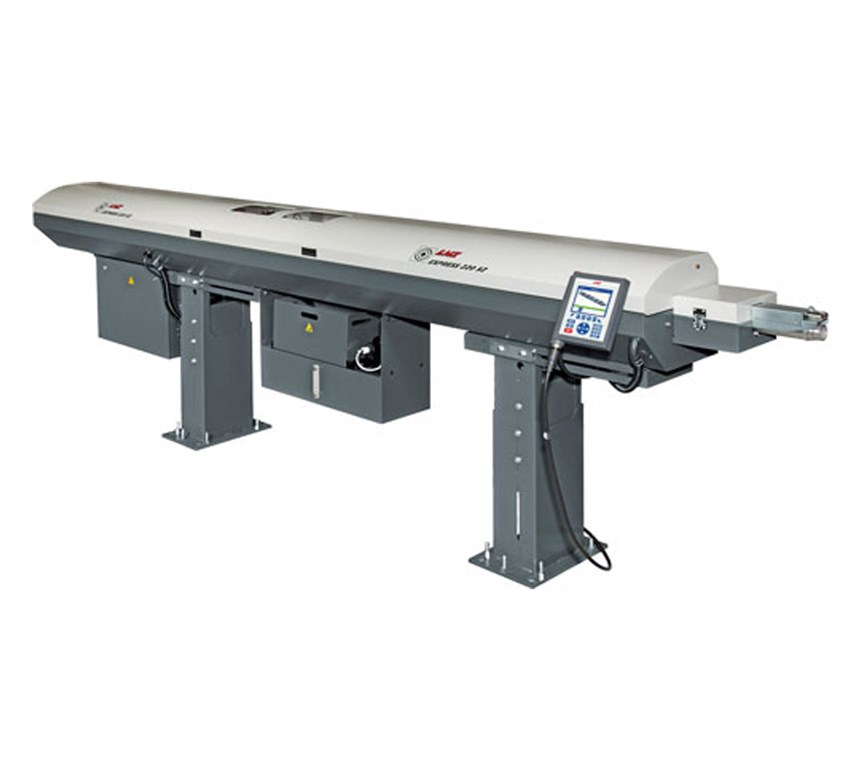
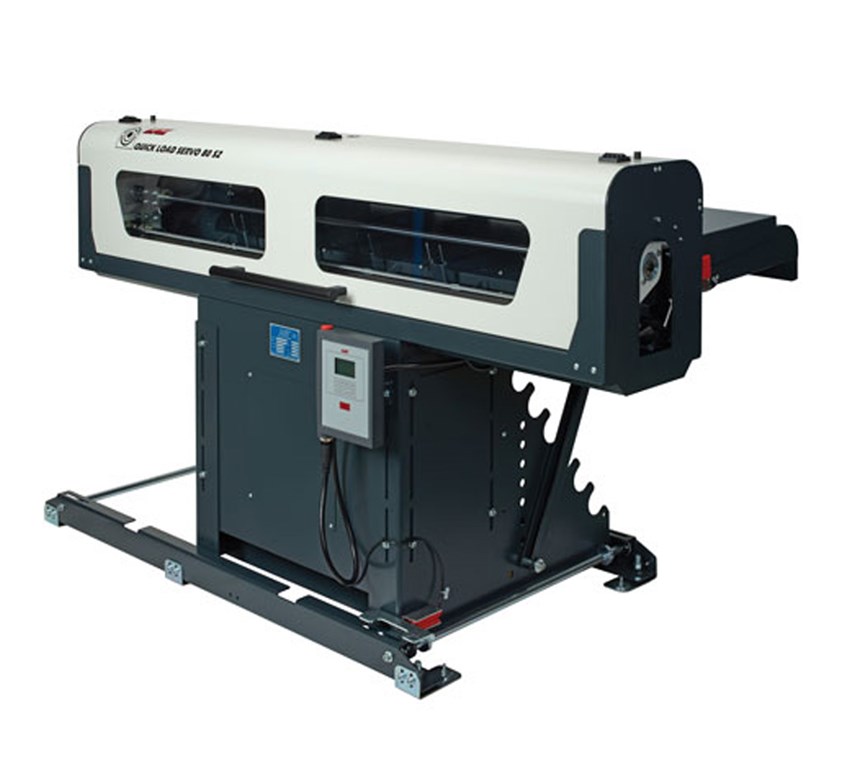
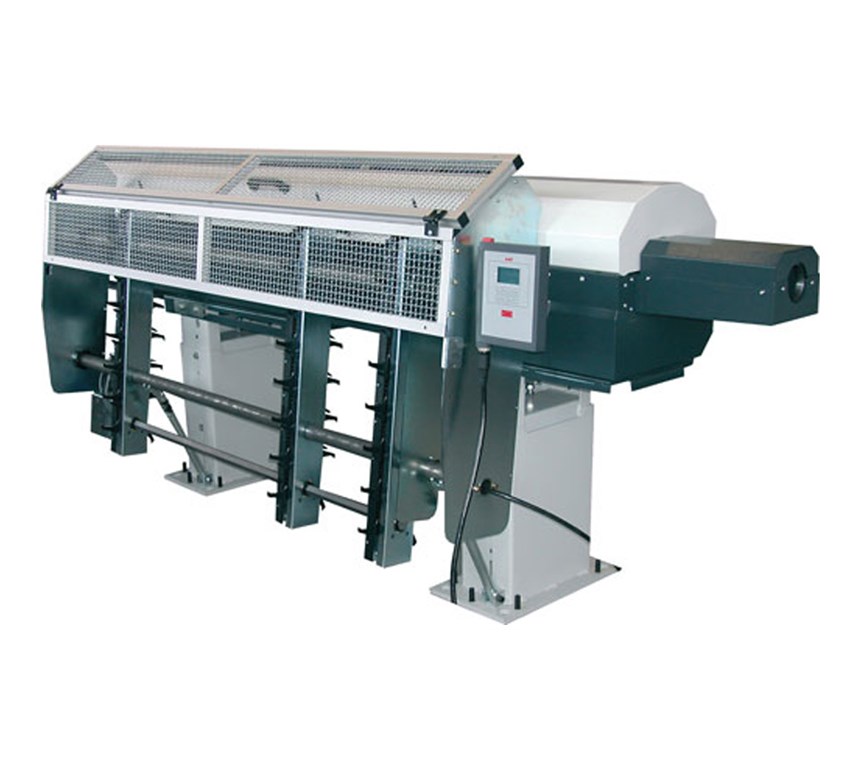
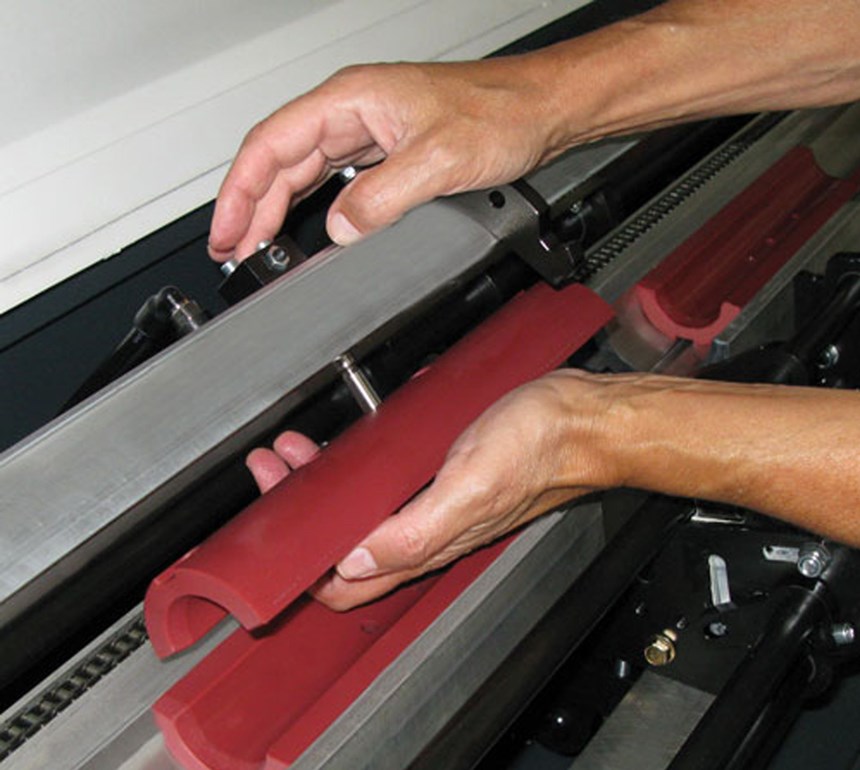
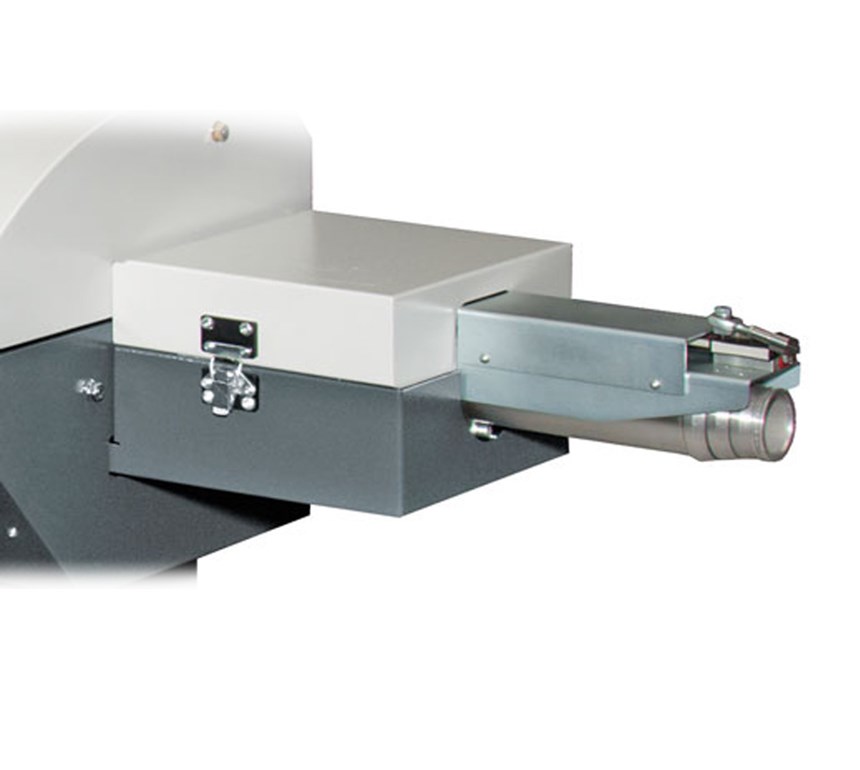
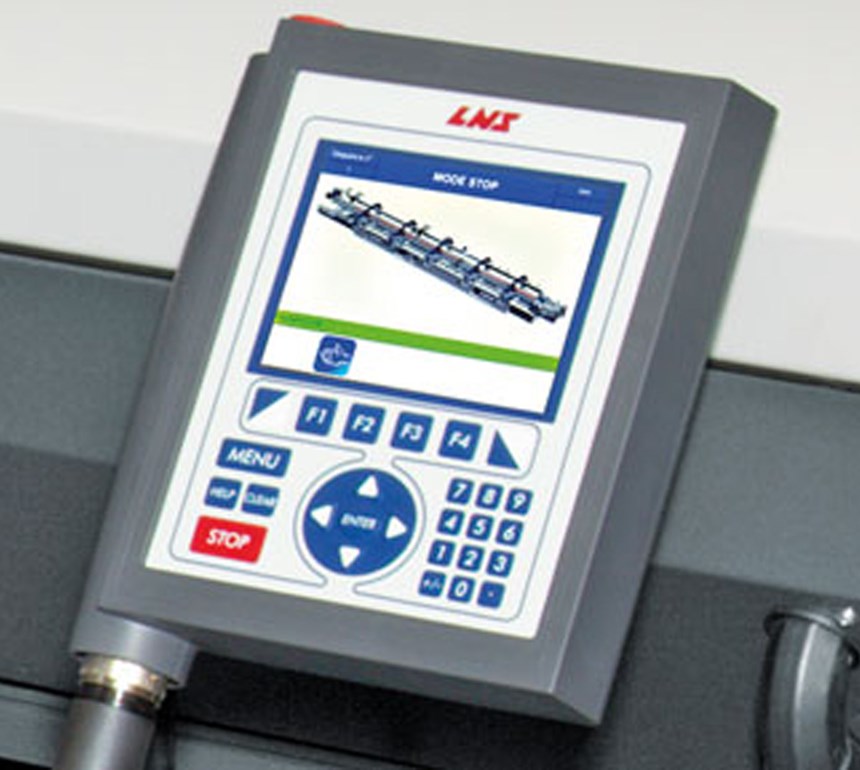













.jpg;maxWidth=300;quality=90)





